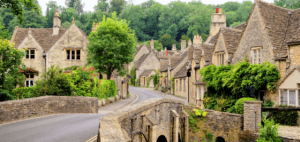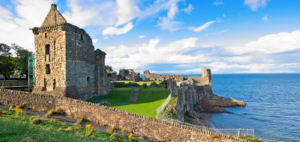Best 12 Things to do on the Faroe Islands: A Beautiful Vacation Destination
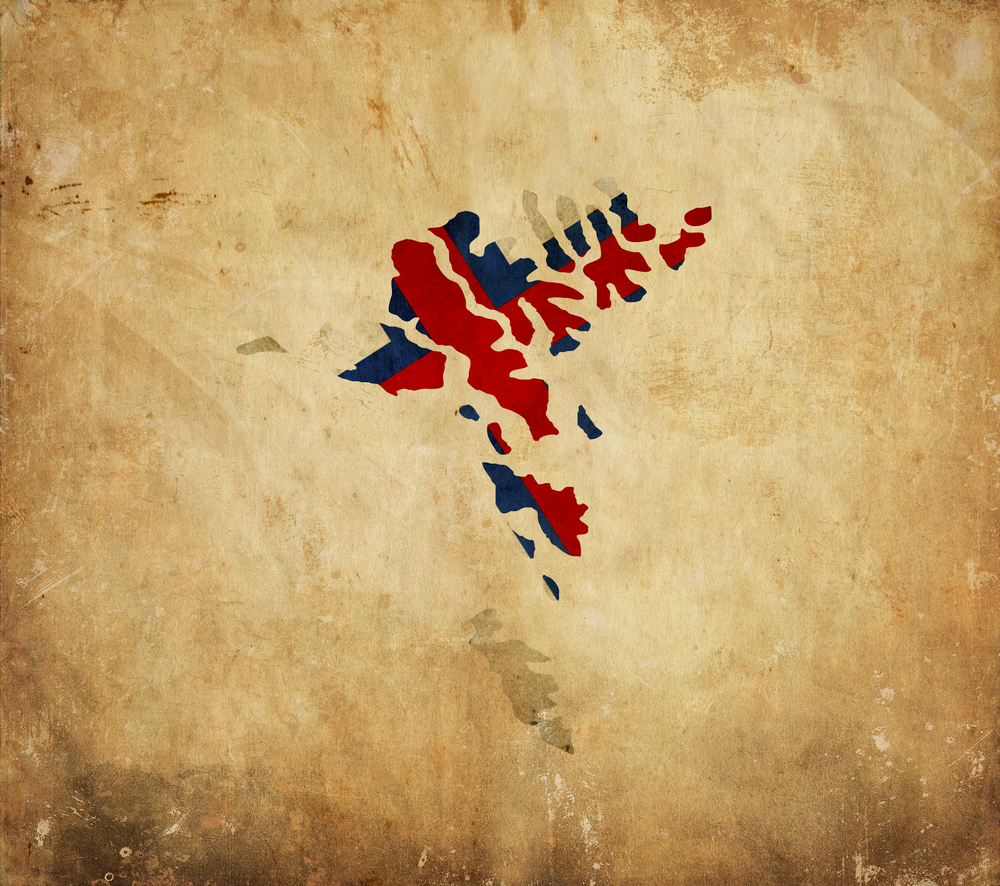
Updated On: April 22, 2024 by Ahmed Samir
The Faroe Islands are between Norway and Iceland and have been part of Denmark since 1948. They are 18 islands with 600 miles of roads and sometimes underwater tunnels connecting them.
What is the Capital of the Faroe Islands?
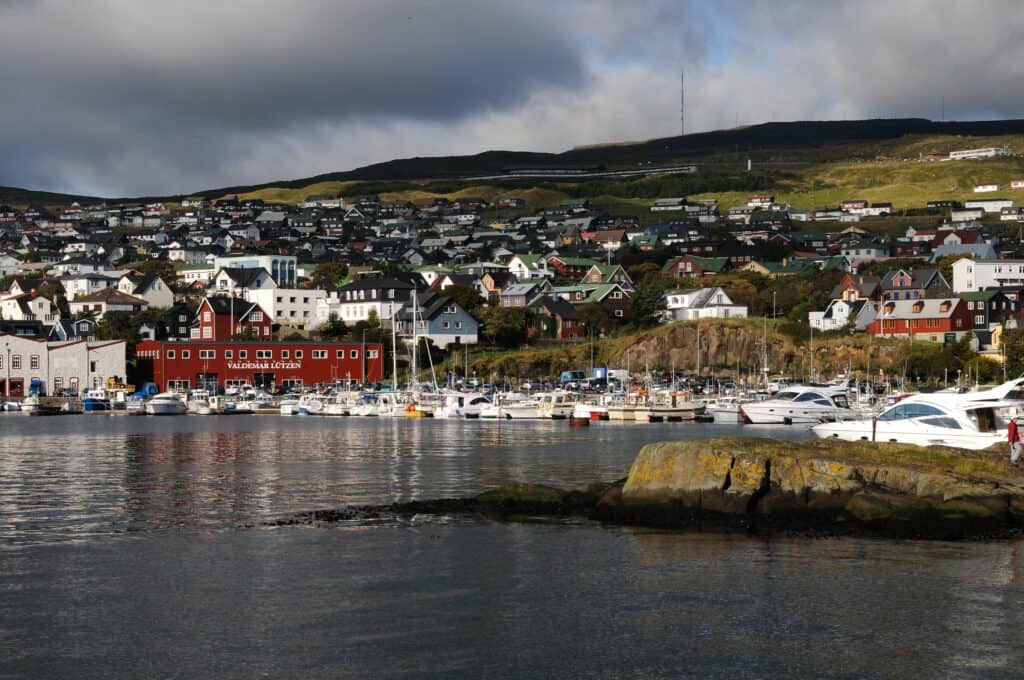
Tórshavn is the capital and the largest city in the Faroe Islands, located southeast of Streymoy Island. The city’s beautiful nature draws everyone to enjoy the outdoors, so you can walk around and visit the neighbouring smaller villages.
Visitors can also head to the harbour to wander around Tinganes, see the original Parliament buildings, and walk through narrow cobbled lanes and turfed decks towards the water’s edge. The area includes art museums, gift shops, coffee shops, various restaurants, and concert venues to enjoy. There are also plenty of places of accommodation right in town.
The History of Faroe Islands
The history of the Faroe Islands is still shrouded in mystery, as there are few documented sources about the first people to settle on the Faroe Islands, perhaps people coming from Ireland.
However, the documented history of the Faroe Islands began when it fell under the control of the Vikings in the 9th century. Then with the succession of several countries colonising it: Norway, Britain, Germany, and Denmark.
In the Middle Ages, following the union of the kings of Norway and Denmark for family reasons in 1380, the Faroe Islands became part of Norway, in addition to Iceland and Greenland.
The Economy of the Faroe Islands
Since 1900, the economy has shifted from agriculture and sheep rearing to an economy based on fishing and exporting. These islands’ fuel, primary industries, and transportation equipment are essential imports. However, in the mid-1990s, the Faroe Islands suffered from a severe economic crisis. That led to the emigration of large numbers of its inhabitants to Denmark. After that, many residents returned after the situation was resolved between 1997-1998.
How is the Weather in the Faroe Islands?
The weather in the Faroe Islands is in a state of constant change, whether it is summer or winter. It can change more than once during the day, making it more difficult to predict the weather.
The islands are exposed to rain during the morning, after which the sky becomes clear, and the sun appears bright. In addition to strong winds that blow in the evening. The temperatures of the Faroe Islands in the summer can range from 14 to 18 degrees Celsius, in addition to reaching five degrees Celsius in the winter.
The sun appears well in the sky from April to June, and less than 900 hours of sunshine are recorded during the year.
The Best Time to Visit the Faroe Islands
It is best to visit the Faroe Islands between June and September when the weather is suitable for receiving visitors in terms of comfort without extreme humidity.
If you like learning more about local and cultural attractions and events, perhaps the best time to visit the islands is at the end of July to celebrate the Ólavsøka festival with much pomp and jubilation.
Are the Faroe Islands Worth Visiting?
The Faroe Islands are home to many unspoiled landscapes, stunning cliffs and mountains, and picturesque villages made of tiny houses.
In addition, it contains many houses characterised by cheerful colours that add to the beauty of these islands.
The Faroe Islands also have about 300 different species of birds, including 200 migratory birds over the North Atlantic Ocean and other islands. Besides that, marine creatures, including shrimp, prawns, seaweed, colourful coral reefs, and various types of starfish, find habitat in the waters surrounding these islands.
Múlafossur Waterfall
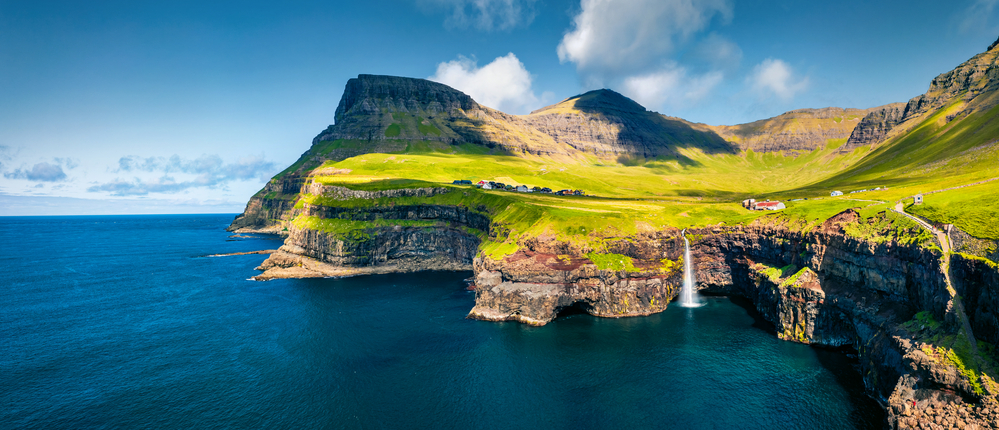
Until 2004, the village of Gasadalur on Vagar Island was cut off from the world. However, thanks to the tunnel completed that year, it became possible to reach the world’s most impressive and beautiful waterfall.
Múlafossur Waterfall, in the village of Gasadalur, emerges from a narrow stream, which makes the water that falls from a height of 30 metres directly into the ocean emit an unparalleled scenic sound.
Trælanipa
Trælanipa is a vertical rock wall that rises 142 metres above sea level. It is also called the Slave Slope because, according to the popularised narration, this ramp was used during the Viking era to throw enslaved people off the cliff toward the Sea.
When visiting, you must be careful because the edge is steep, so even groups with experience with slopes may find it difficult to maintain balance. Make sure to stay within a safe distance from the edge.
On the opposite side of the cliff, you will find a splendour seldom seen anywhere in the world, a lake over the ocean. This landscape is a unique experience indeed.
Kallur Lighthouse
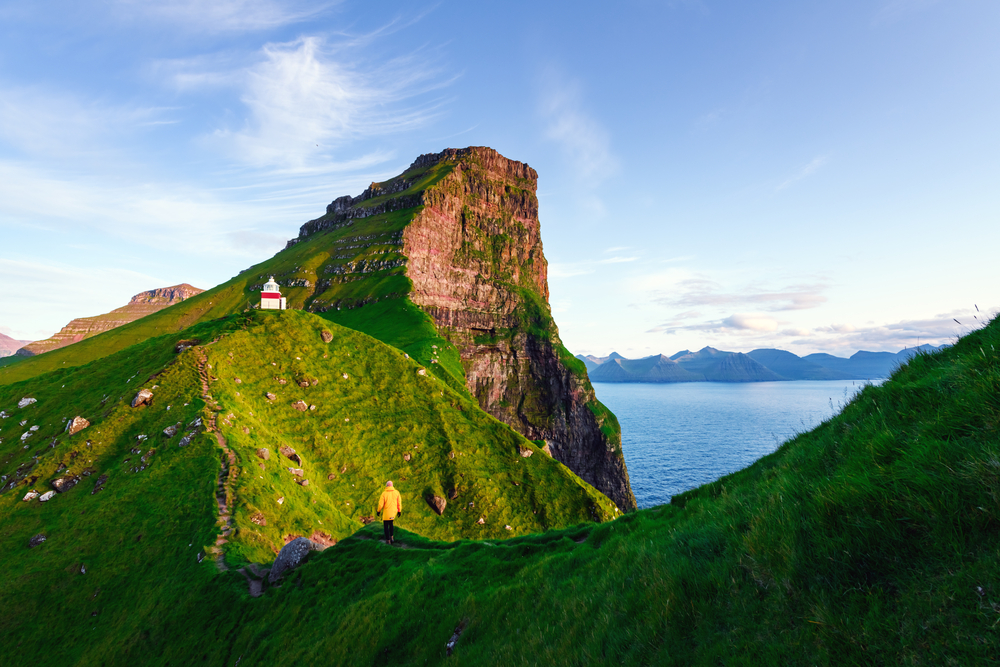
Kallur Lighthouse is one of the true wonders of the Faroe Islands. It overlooks a rocky cliff and is on Kalsoy Island.
Walking up the ridge along a grassy trail, you’ll get the best view of both the lighthouse and the Borgaren cliff. This short walk from the lighthouse is not for the faint of heart. There are perpendicular rocky cliffs 200 metres long on both sides.
The scene surrounding Kallur Lighthouse also appears in the James Bond film No Time to Die.
Bøsdalafossur Waterfall
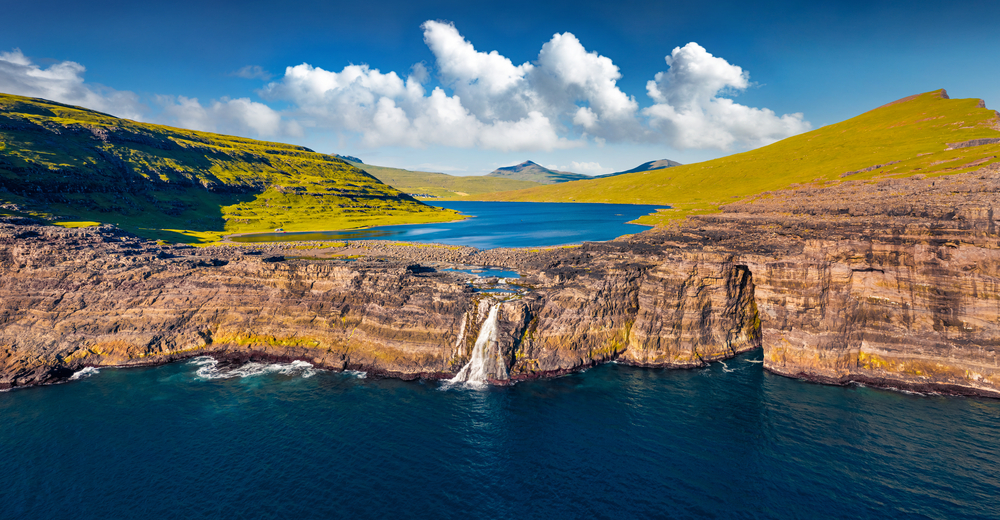
Bøsdalafossur is a waterfall that originates from the overflowing Sørvágsvatn Lake, and you can see the edge of the lake driving a few minutes down the road from Vágar Airport.
The waterfall cascades down rocky cliffs straight into the raging ocean, making for an incredible sight, and the view from nearby Trælanípan is stunning.
You can hike on your way to the waterfall; expect it to take about 45 minutes to reach the waterfall from the trail. The hike itself isn’t difficult; just watch your step as the path is rocky and muddy, be extra careful at the waterfall if it’s a windy day, and watch out for the cliffs as they are exposed to the Sea without barriers.
Skansin Fortress
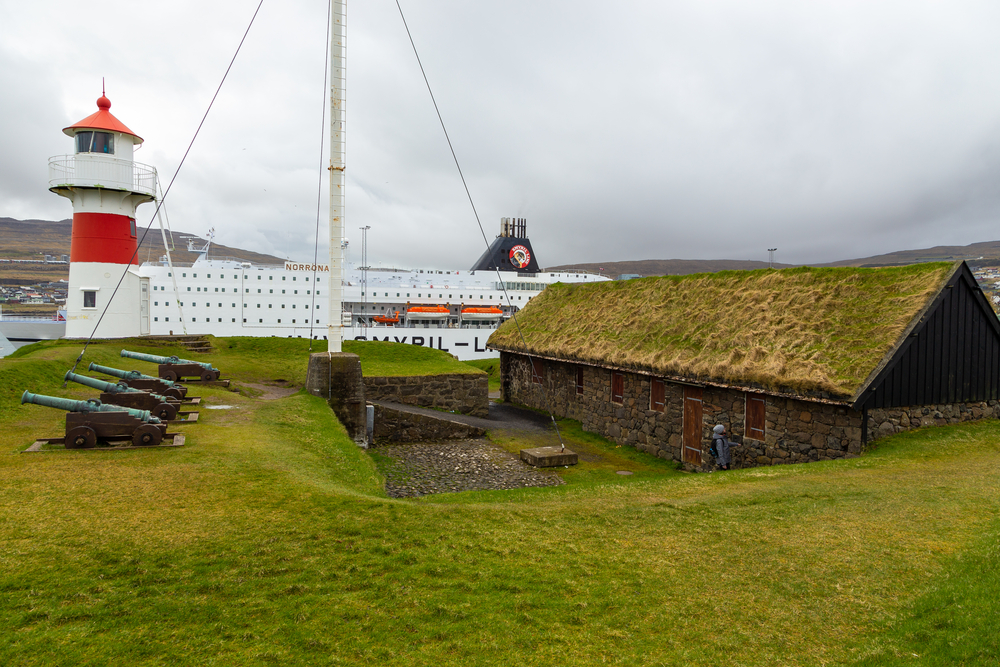
Skansin Fortress is in Tórshavn, and according to tales, in 1580, the leader of the Faroe Islands, Magnus Heinason, ordered the construction of a fort. It was to protect Torshavn, a commercial centre, from attacks by pirates in the North Atlantic.
In 1677, French pirates attacked the fort and destroyed part of it. In World War II, the fort had a major role as it was the headquarters of the British Navy, and some of the cannons used during the war can still be found there today.
Nólsoy Slopes
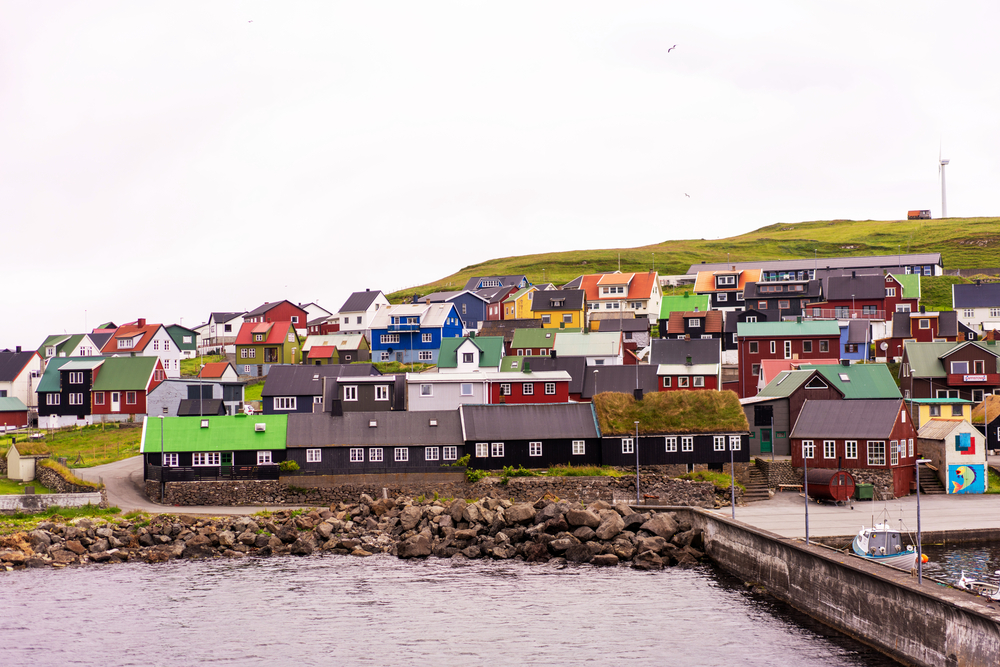
Nólsoy Slopes are a 20-minute ferry ride from Tórshavn. There, you will find colourful buildings welcoming visitors to the port and cafes, gift shops, and beautiful walking paths that make the visit even more enjoyable.
While there, you can have a delicious dinner and breakfast provided by the talented cooks at Jakubina Restaurant. In the morning, after getting some sleep, take the Í Stong Road on the west side of town as it loops around the western slopes of Nólsoy.
Vestmanna Sea Cliffs
Vestmanna Sea Cliffs are known as the Birds Cliffs. It is a majestic, attractive spot that offers a breathtaking view of the mountains and rocky cliffs. The place can be reached by boat to the Vestmanna Sea. There, you can see many birds flying in the sky.
It is preferable to ensure that the weather is suitable when making this visit so that you can sail through the valleys. The tour generally extends for two hours, and it may be longer, and you will find yourself sailing between straits and rocky cliffs that rise to 700 metres.
Tinganes
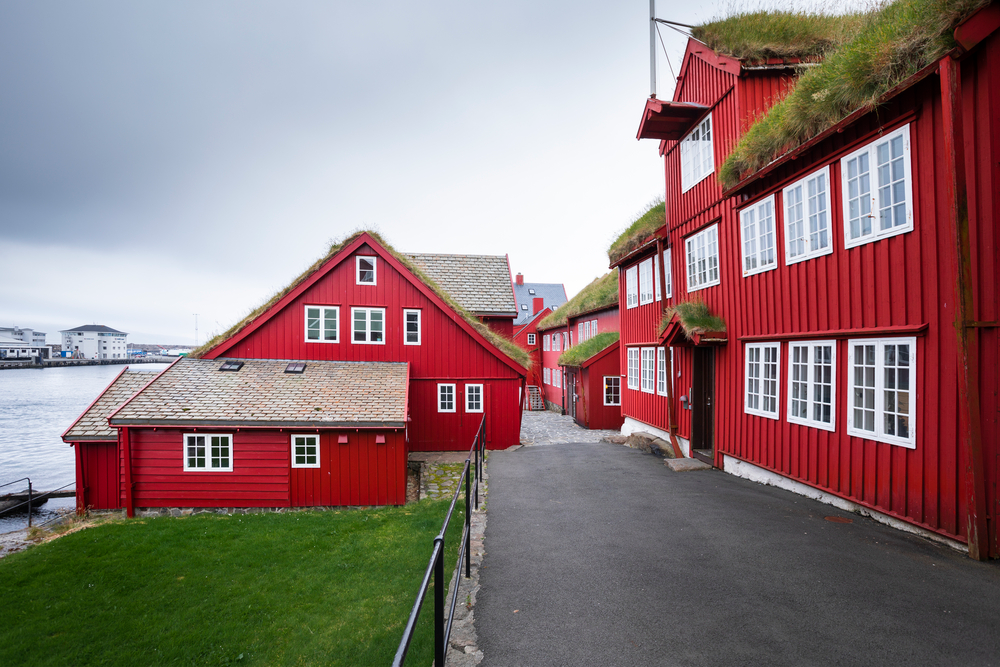
Tinganes is a historic site located in Voroia Landsoorie. It is one of the oldest parliamentary meeting places in the world; these red, turf-roofed buildings also house the seat of the Faroese Home Rule Government.
Mykines
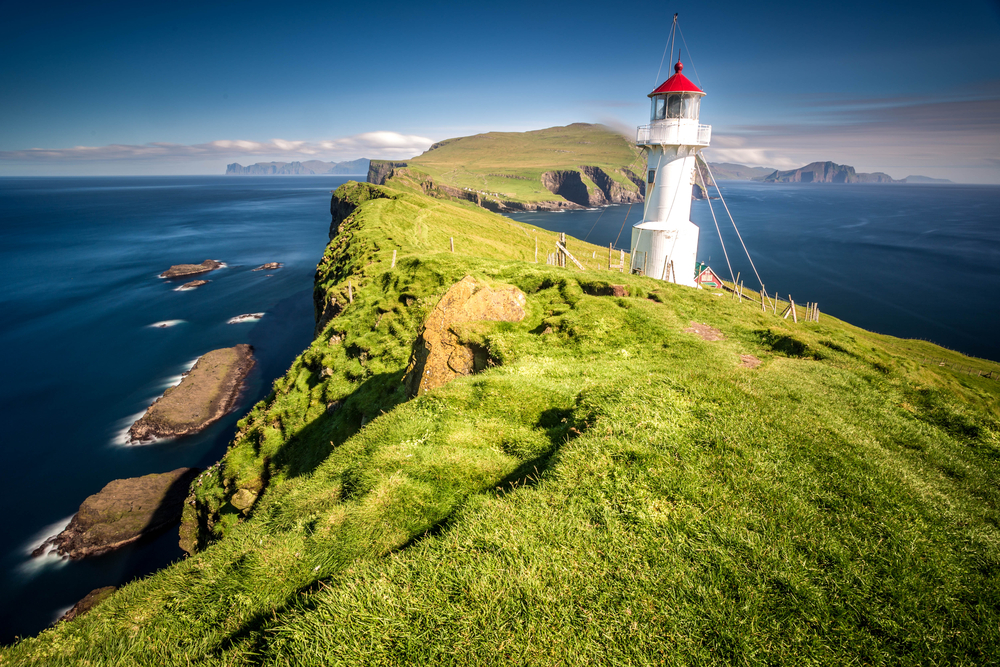
Mykines is a beautiful village located at the end of Mickinholmore Island. It is also called Bird Paradise and has been uninhabited for ten years. The island offers tremendous ocean views to the west and neighbouring islands to the east. You can reach the island in two ways: by ferry or helicopter.
Gjógv
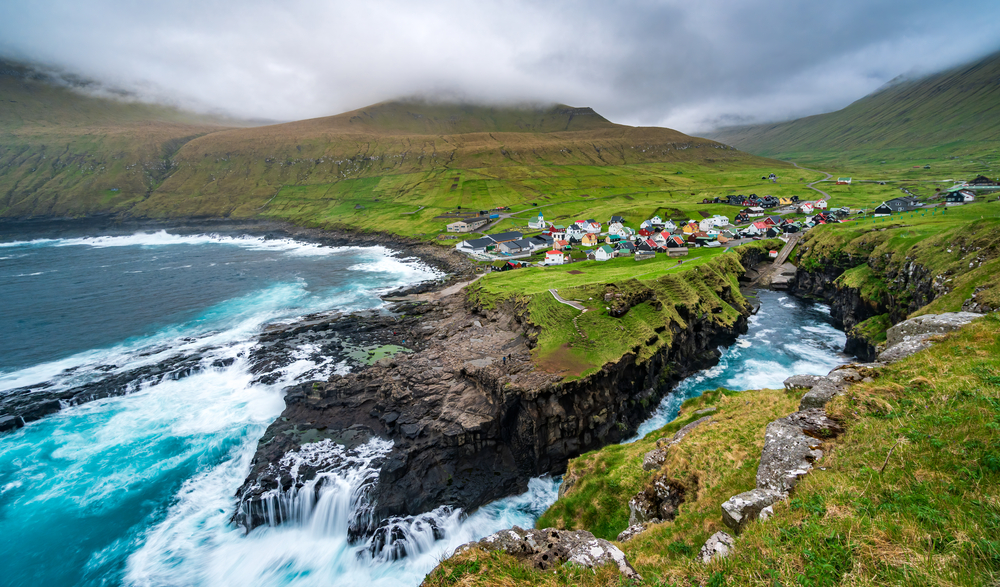
Gjógv is the most northerly village on the island of Eastoroi. The village enjoys a picturesque nature as mountains on all sides surround it.
It is home to about 50 residents or less, all of whom live a simple life in wooden houses with grassy roofs. The village offers its visitors a network of walking paths that offer beautiful views of the Atlantic Ocean and surrounding islands.
Hotels in the Faroe Islands
Faroe Islands is full of many famous hotels that you can stay in during your visit, and here are some of them:
Torshavn Hotel
Hotel Tórshavn is located 300 metres from the Old Town and the government buildings of Tórshavn. It offers a restaurant that serves Italian, Mexican, and Asian dishes.
All rooms have a coffee and tea maker, a flat-screen TV with satellite channels, a hairdryer, and an en-suite bathroom.
Hilton Garden Inn Faroe Islands
Hilton Garden Inn Faroe Islands offers free parking, a fitness centre, a shared lounge, concierge service, a 24-hour front desk, room service, and currency exchange. All rooms feature a desk, a flat-screen TV with satellite channels, a safety deposit box, a coffee and tea maker, a hairdryer, and a private bathroom.
After learning a lot about the Faroe Islands, we got to know that it is a beautiful place for those who want to be away from the crowded city. Although Faroe is located in the northeast part of Europe and the islands are far away from Europe, it has been a top destination for tourists to go and enjoy the natural places and spend a great time.




